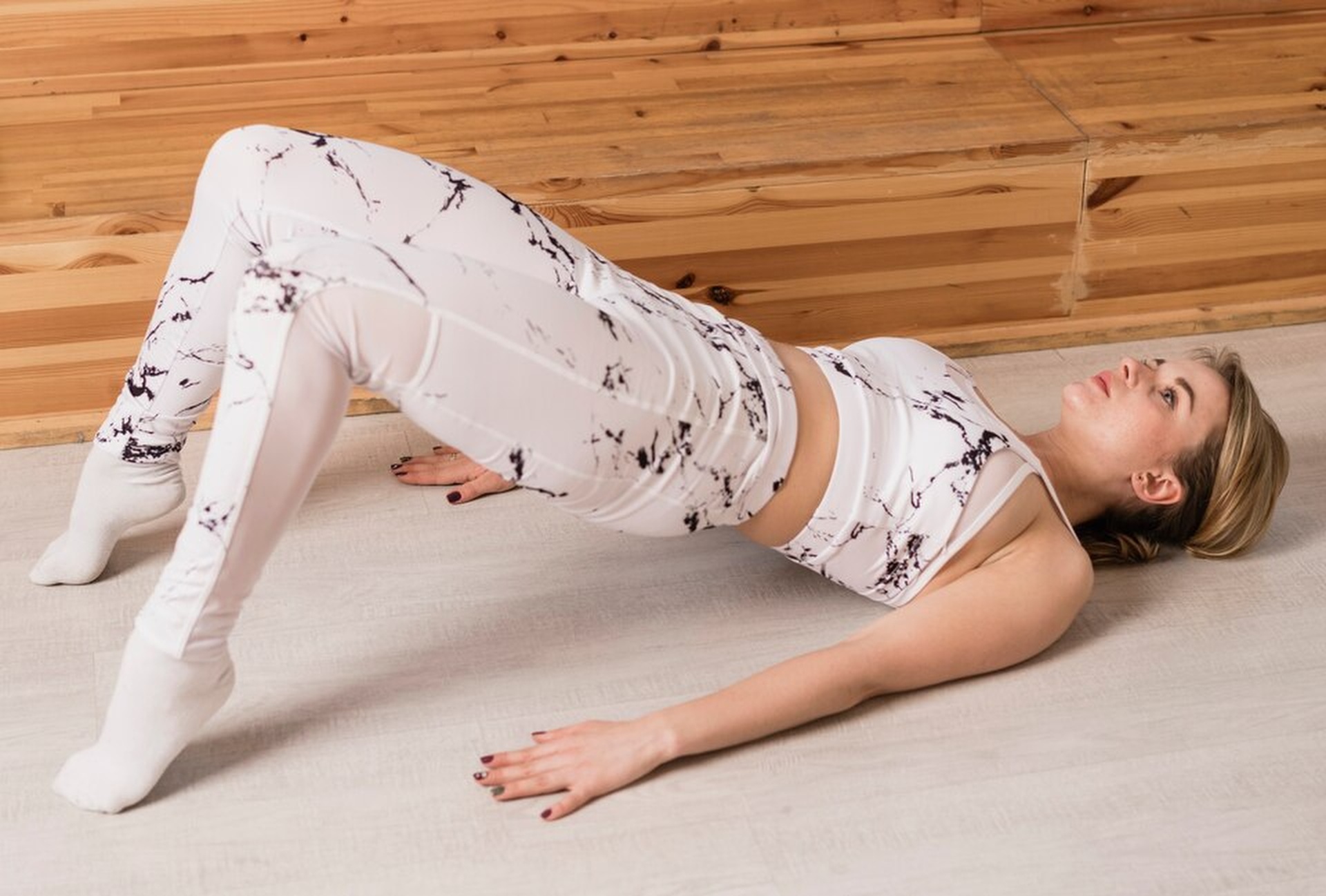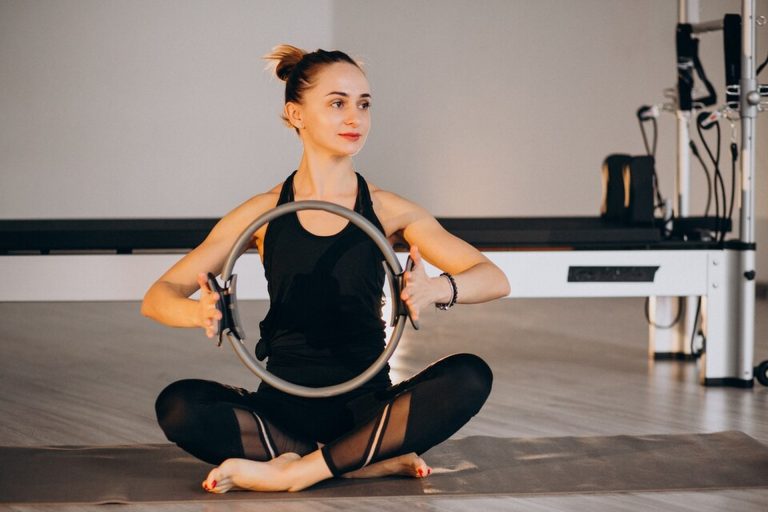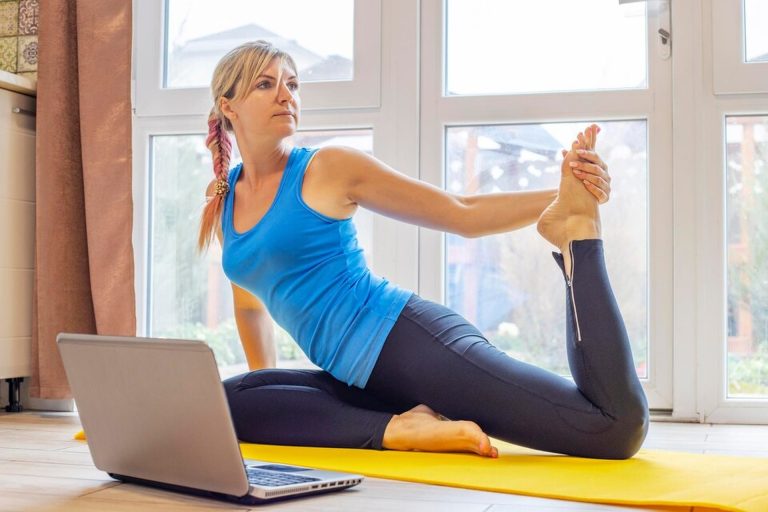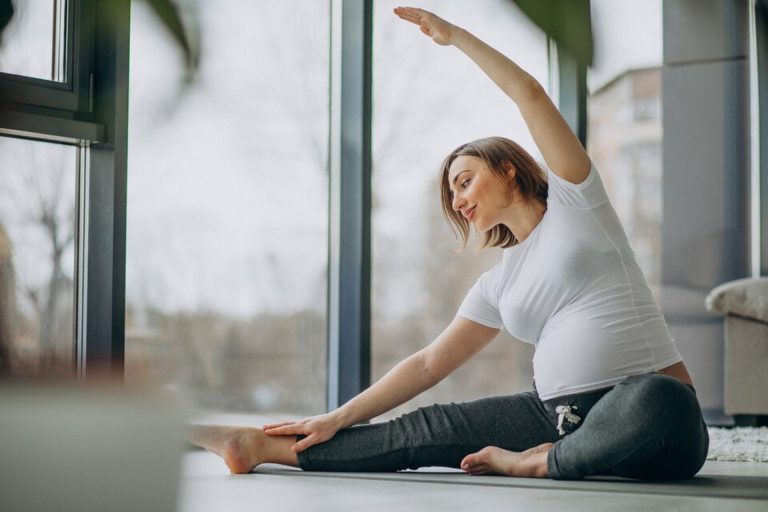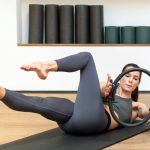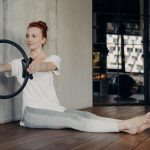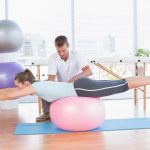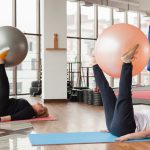Nearly thirty per cent of women in their thirties suffer from pelvic floor problems, but lots of them do not take action until it becomes worse and more intense. Your 30s are like a golden time when women can make their bodies strong and also stay balanced with hormones.
Understanding The Pelvic Floor And Its Importance
The pelvic floor is a group of muscles that are inside your body below the belly in a place that holds your uterus, bladder, and bowels altogether. You feel stronger when you sit or stand, or move around. But if it is weak, then it makes daily work a little difficult.
Your thirties are busy years, maybe you get married or have kids or take care of family, or work too much, sitting and not moving. All this changes your hormones, and your physical health starts going down little by little. Sometimes you feel stressed and don’t get time to exercise, and it makes the core weak, which slowly affects the pelvic floor.
Too much sitting and less moving around is harmful. Other shit like lifting heavy stuff or bad posture also makes it worse. The stress of day-to-day life always hits your pelvic area, and that makes the problem bigger.
Signs Of A Struggling Pelvic Floor
If you feel like you cannot hold your pee, or there is an ache in your lower back, or sex starts to feel painful, or your stomach bloats up, then your pelvic floor is not happy. These are signs your body gives, but many women do not notice them or think it is normal, but it is not ok to ignore these signs.
A study in the British Journal of Sports Medicine said that almost forty per cent of women above age thirty have at least one pelvic floor problem in a day. That is a big number for a health issue nobody talks about in public. You must look out for these signs and start taking care of your body now. If you act early, it can help to stop future danger and give you better results.
Why Pilates Is Perfect For Women In Their 30s
Whole-body Integration
Pilates works on your full body; it is not targeting just the arms or legs, or stomach. It makes your complete body stronger, including the pelvic floor muscles that you cannot even see from the outside. This makes you feel more confident in daily life. The deep muscles inside your body are not always easy to reach, but Pilates does that through slow and controlled moves and also holding poses that build solutions from inside.
Low-impact, Safe, And Adaptable
You can do Pilates even if you are weak, or had a baby recently, or are feeling tired all the time. It is soft on your joints, and you can also change the moves based on how strong you feel that day. This makes it good during your hormone changes. Many women feel scared to exercise after giving birth or facing period problems, but Pilates gives you comfort and strength without hurting your joints or muscles.
Focus On Breath And Control.
In Pilates, you do deep breathing, which relaxes your mind but also trains your lungs and your belly muscles to work with the pelvic floor. You learn to move with more smartness and ease. Each breath is one support to your core.
A study in the Journal of Physical Therapy Science said that women who did Mat Pilates two times a week for eight weeks got a big improvement in pelvic floor strength and felt more in control of their bodies.
You should begin with easy classes of Pilates and focus on breathing and holding your belly in the right way. You will see the benefit soon if you try small changes daily.
Top 5 Pilates Moves For A Stronger Pelvic Floor
Pelvic Curl: You lie down and slowly lift your hips which helps your glutes and back muscles, and also makes your pelvic floor squeeze gently.
Tabletop Leg Lifts: You keep your legs up in the air and lift one at a time. It makes your deep abs and your pelvic muscles more alert and stronger.
Modified Hundreds: You pump your arms while breathing deep. It teaches your diaphragm and pelvic to work together better, which helps a lot after having a baby.
Clamshells with Core Engagement: You press your knees out with hips bent, which trains your side hips and your inside belly to stay tight without too much stress.
Wall Squats with Ball Squeeze: Stand against a wall and squeeze a ball between your knees. It helps the whole core line work together with breath and balance.
Common Mistakes That Undermine Pelvic Floor Health In Your 30s
Ignoring Symptoms Like Bladder Leaks Or Core Instability
Some women think it is OK to leak pee when they laugh or sneeze, but that is not normal; that means something is wrong at the core. When you ignore these problems, they grow bigger with time. You have to take action when you notice small problems like a weak belly or pain in the hips before it becomes too painful later.
Relying Only On Cardio Or High-intensity Training
Doing only running or strong workout lifts pressure on your belly area, and sometimes the pelvic floor gets damaged from too much pushing. It needs care and support, not just force. Your inner muscles respond better to control and calm instead of hard, heavy exercise that shakes your organs and spine too much.
Not Coordinating Breath With Movement.
Many people hold their breath in exercise, but that is the wrong habit, and it blocks the flow of power in the pelvis. You must link movement with breath flow to make a big difference in your basic strength.
Lack Of Professional Guidance
Trying core workouts from the internet or friends can go wrong if the alignment is wrong. Your spine and pelvis must be in the right line, else you will break your progress instead of helping yourself.
Foundation of America said one out of three women is actually harming themselves with the wrong way of doing kegels. So you should find someone skilled in Pilates and pelvic health. They make sure you train safely and correctly.
How Pilates Supports Life Transitions In Your 30s
Preparing For And Recovering From Pregnancy
Pilates is like magic for mothers. It trains the deep stomach called the transverse abdominis that helps in carrying a baby and also in healing after birth. It is a soft way to get strong again. Your belly and pelvic floor will thank you after the baby comes, especially if you stay active in pregnancy and gently return with Pilates post-delivery.
Managing Stress And Anxiety
There is tension stored inside the hips and belly. Pilates helps in removing that stress. The breath work and slow movements calm your brain and let energy flow freely from tight places inside your body.
When you feel stressed, your core also becomes tight and tired. With Pilates, you get mental peace and a healthy body together in a short time.
Adapting To Lifestyle Shifts: Career, Child-rearing, Caregiving
Doing Pilates helps your body stay useful and strong to handle new changes like long work shifts or carrying kids, or looking after parents. It makes you ready and not tired.
Like one mother who is thirty-five and has two kids, she got control of her pee issues just by doing simple Pilates every night for some months, and she felt happier and proud. Even just some days a week can bring back your strength and energy and make you feel more alive in a very easy way.
Conclusion
Pilates is not just some stretching workout, it is a life changer for women in their thirties. It helps you with core stability, stress control, pregnancy, healing, better posture, and more. Every woman deserves to feel strong and peaceful in her body. Starting today, even with small steps, you can make a big future. Look for a trainer or online programs and begin this beautiful journey for your pelvic and full-body health.

